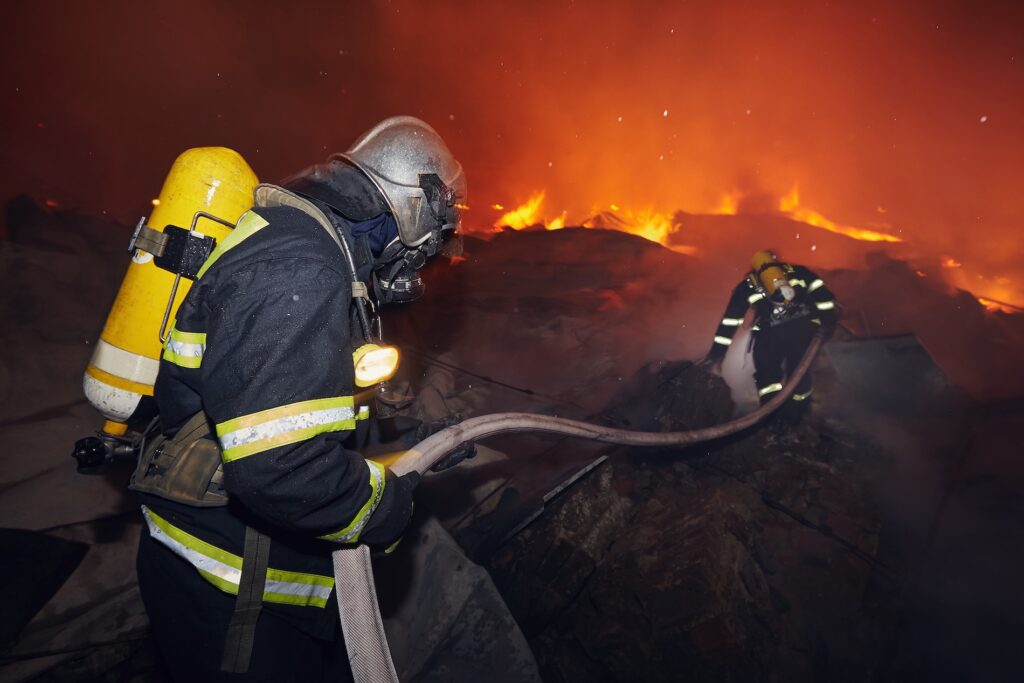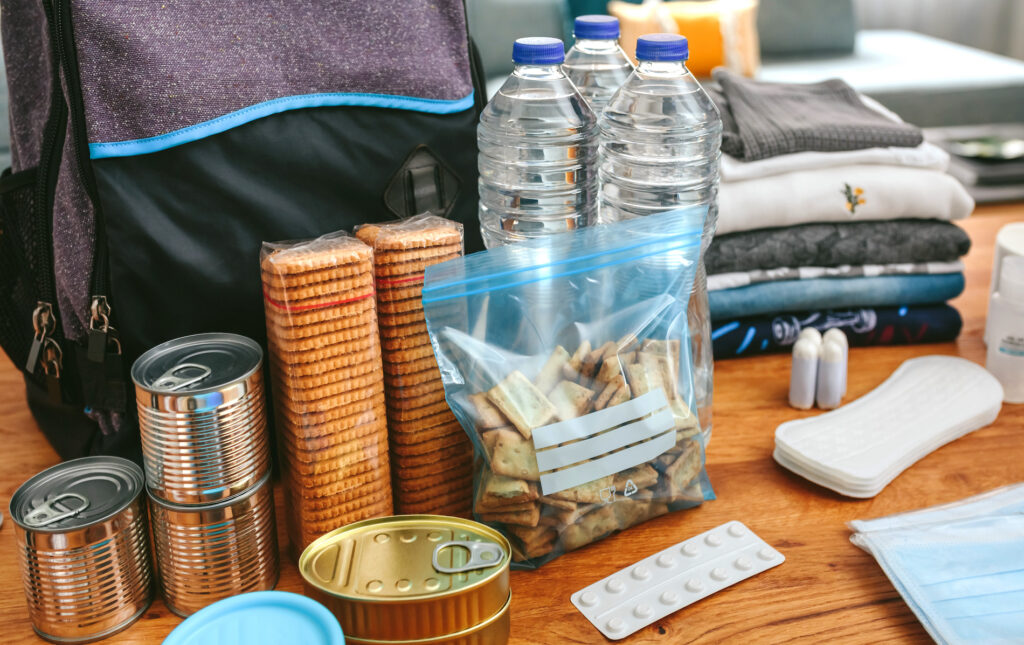When a fire hit Lytton, B.C., with “ferocious speed” last week, locals had mere minutes to gather up their possessions and leave. Within hours, the town was virtually destroyed.
Could something like that happen in the Skeena? You bet. If and when a wildfire strikes, being prepared can mean the difference between survival or death.
With experts predicting an above-average fire year due to extreme early summer heat, which scientists are now saying would have been “virtually impossible” without climate change, these fire survival tips written by Andrew Kurjata have never been more pertinent.

“Evacuations are put into place by local governments, relying on advice of experts (ie B.C. wildfire service). Orders or alerts will go out first through the local government, then through Emergency Info B.C. A compilation of all evacuations orders/alerts: https://emergencyinfobc.gov.bc.ca,” writes Kurjata, a CBC radio producer based in Prince George.
He adds, “It’s also a good idea to be familiar with how your own local government communicates– not just the municipality, but the regional district it’s within. List of regional districts: https://civicinfo.bc.ca/regionaldistricts.”
Kurjata says it’s crucial to understand the language of evacuations. “An evacuation ORDER means leave now, don’t go home, don’t start packing, it’s time to go,” he writes. “For this reason you should be watching out for evacuation ALERTS which means you don’t need to go, but you may have to at a moment’s notice.”
“Here’s an important thing about alerts– once they turn into orders, you can’t go back into the evacuated area,” he goes one. “So for example– if your home is under evacuation ALERT and you go to town to go shopping and that turns into an ORDER– you can’t go back home. This happens. I’ve met people who were at work of school when an alert changed to an order and they had nothing but the clothes on their back…If you’re under an evacuation ALERT and you leave your home for any reason BRING THE ESSENTIALS WITH YOU. Medication, papers, valuables.”
Read the entire list here on Kurjata’s Facebook page. His post was recently shared on a Kitimat page, where some locals added other, Skeena-specific tips.
“In general, Indigenous communities also issue their own evacuation alerts and orders. Municipalities in our region also issue their own alerts and orders, independent of the regional district they are a member of,” one person wrote.
“A good place to start is to confirm where you live. Sounds silly, but it isn’t. Thornhill is part of the Regional District of Kitimat-Stikine. If I want to know if my home is on alert or order, I’m going to check out the RDKS website and social media, not the City of Terrace website,” he goes one.
“Also important is to ensure you’re not looking at stale information. Check the date of news articles before you share them and (seriously, this next part is super important and a real thorn in my side) go to the municipal, Regional District, or First Nation’s website for the most up to date and current info. Forget the info share on Facebook group. An evacuation alert or order that was put in place this morning may change by the afternoon. Be aware and don’t share old information on social media – seek out current info!”

He adds one final crucial tip: “Have you dusted off your emergency plan and grab and go bag yet? Do it tonight.”




